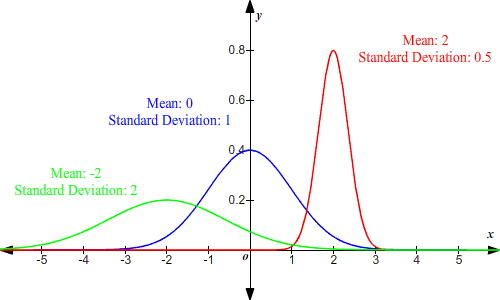- Joined
- May 22, 2016
- Messages
- 6,525
- Reaction score
- 10,058
I cultured up some of the bacteria released when I shook up my sand. When that was analyzed by aquabiomics, the results showed dominance of species very rarely seen in his testing database. (even though my normal aquarium sample was very typical.)I´m not sure that this is the best place to take sample from. If I do the test again - I will swab in the sand instead
So if you sample in a non-standard way, you may expect to see rare and hard to interpret results.




















